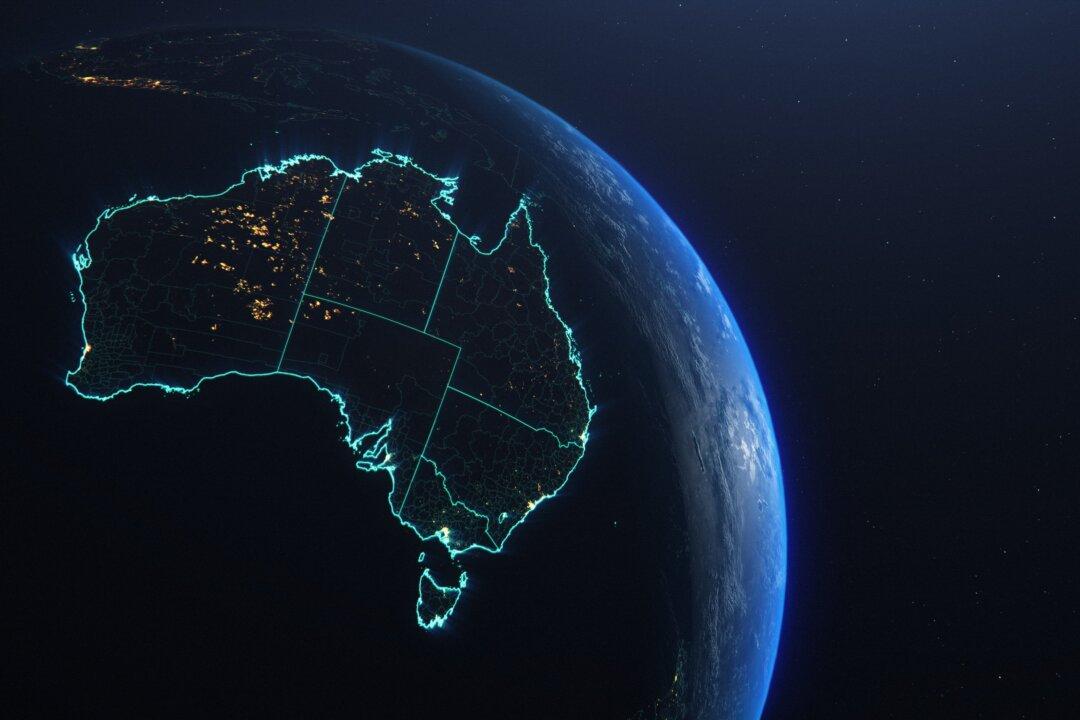As China and the U.S. spearhead the research and development of their own quantum systems, Australia has announced a $111 million plan to secure the development, commercialisation and adoption of the tech across defence, national security, and many other industries.
Australia’s quantum leap includes a $70 million Quantum Commercialisation Hub that will facilitate research with the United States, the United Kingdom and other allies to bring the nation’s tech to a global stage.





